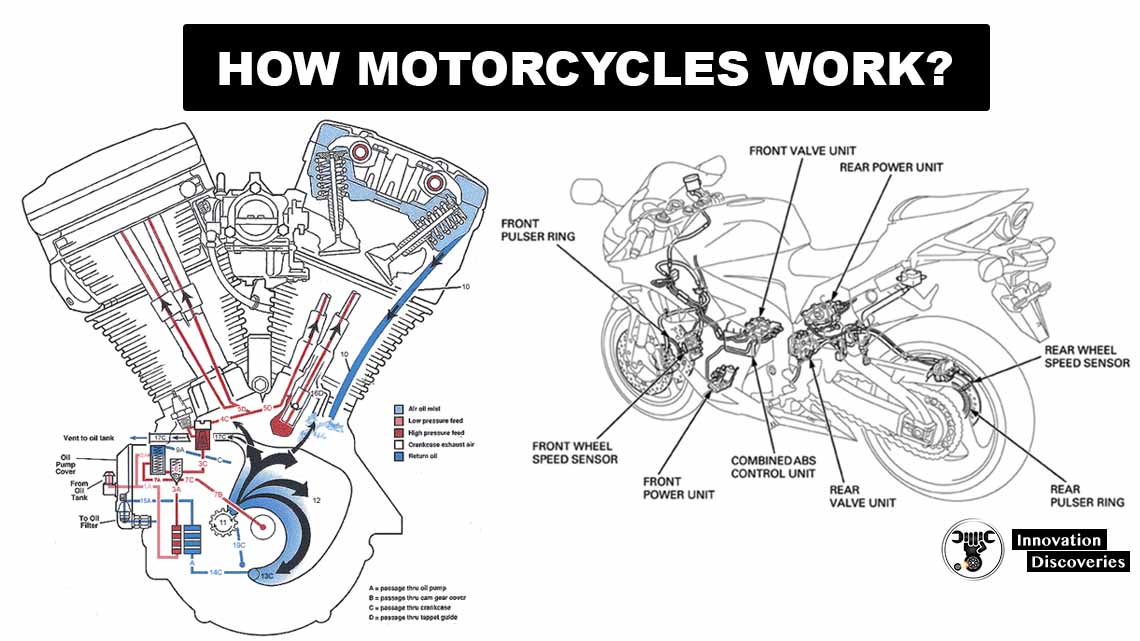
The use of motorcycles has been continuously increasing across the world.
This is because it allows drivers to get a true driving experience. Motorcycles are preferred Over other vehicles in terms of price and fuel economy.
The rising gas price and the use of a vehicle are drilling a hole in the driver’s pocket.
In such scenarios, Motorcycles can be a good alternative to cars leaching out fuel.
Also, motorcycles can achieve as high as 45 miles (ca. 72 km) per gallon of fuel economy.
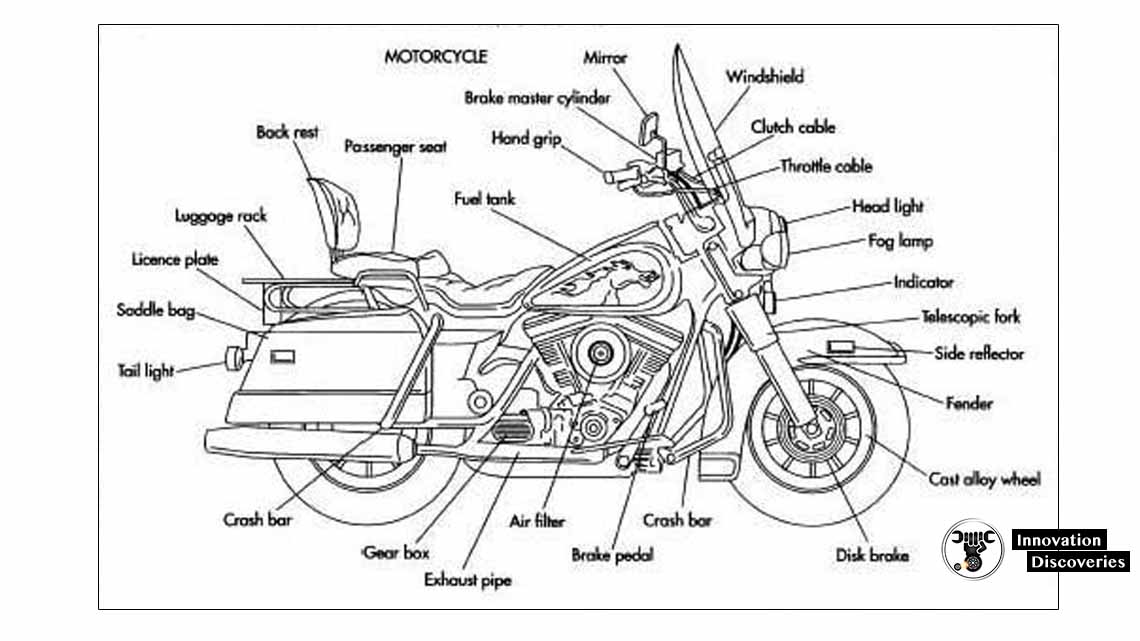
This article will make you well accustomed to the knowledge of;
How modern motorcycle works and how its design has changed For the last few years and how motorcycles will get changed in the future.
A motorcycle is a motorized vehicle used to transport two riders.
It is known as a bike or a motorbike.
Commonly, this vehicle has only two wheels but it can have three wheels that can be a hack i.e. Motorcycle and sidecar, and trike i.e. short for the motorcycle.
A motorcycle design can vary as per its requirement like long-distance travel, Off-road traveling, racing in sports and commuting.
The pioneer of series production of the Motorcycle was started in the year 1894 by Hildebrand and Wolfmuller.
The modern motorcycle layout was established in 1914 and since then it has been remained fundamentally unchanged.
The basic structure of a motorcycle comprises a Gasoline engine that consists of a piston, cylinder block, and ahead.
Working Of Motorcycles
The piston performs the reciprocating motion which is converted into the rotary motion.
Next, a transmission system is present that transfers the power to Rear-wheel of the motorcycle.
The motion of the rear wheel propels the motorcycle in the forward direction.
To steer the motorcycle, the front wheel is connected with a handlebar that can be turned by the driver.
There are two hand levers present on both sides of the handle. These levers allow riders to operate the clutch and the front brake.
Also, there are two-foot pedals on either side of the engine.
These pedals enable a rider to change gears and operate rear wheel brake.
Also, read:
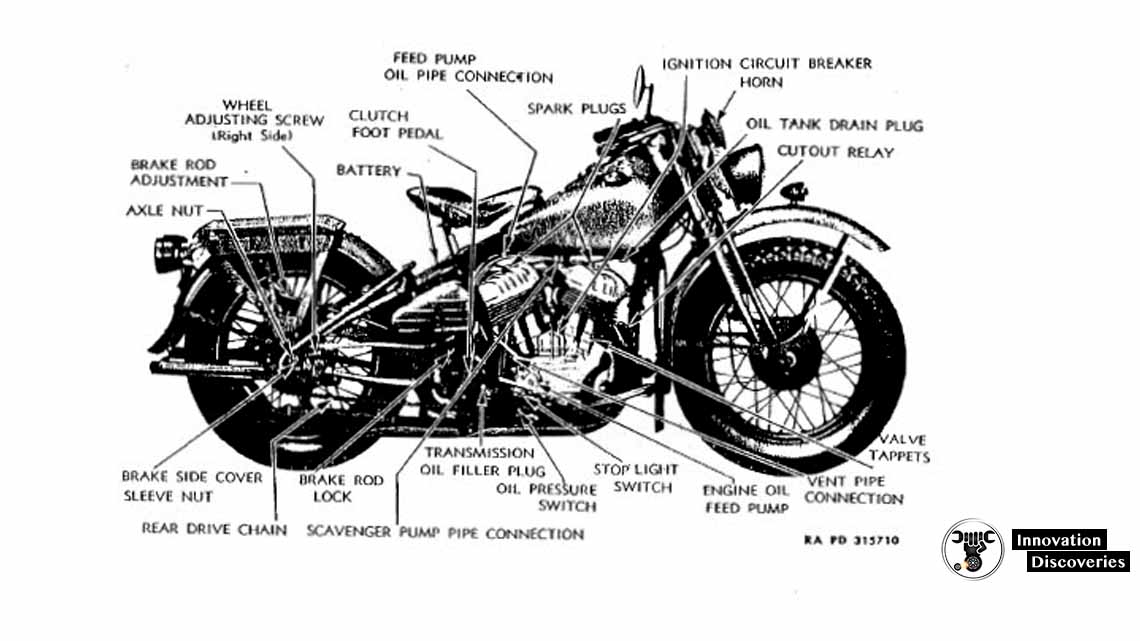
Motorcycle engines can have multiple cylinders from one to six.
For several years, a V-twin engine was the primary choice of the engineers in Europe, Japan and America.
The V-twin got its name from the two cylinders aligned in such a manner that forms a V shape.
The angle between these cylinders may vary; the classic Harley-Davidson V-twin engine has an angle of 45 degrees between its cylinders.
In developing countries, The use of motorcycles is rising to get better fuel economy.
Around 58% of the motorcycles in the world are used in southern, Eastern Asia regions and Asian-pacific.


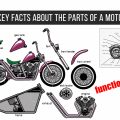
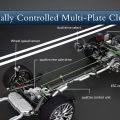

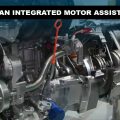
3 Comments